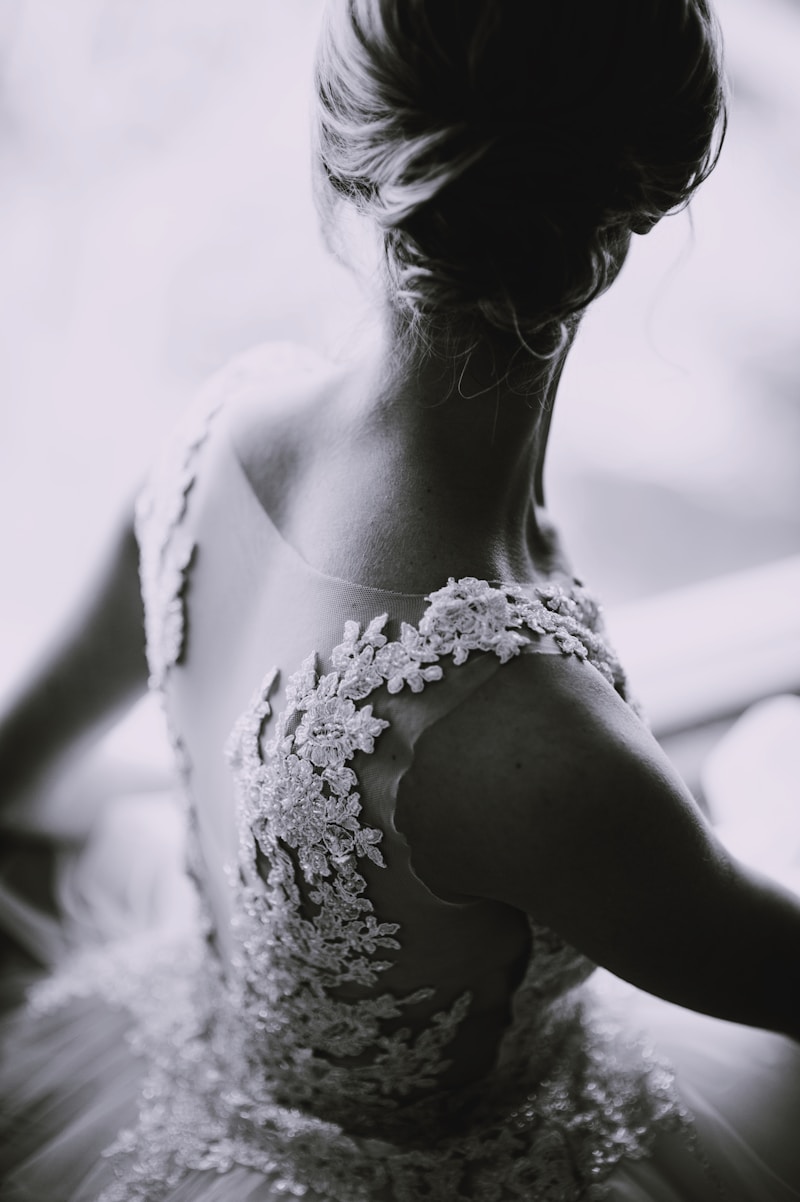Mastering Color Theory for Stunning Wedding Design
Understanding Color Theory in Wedding Design
Color theory is an essential component of wedding design, influencing everything from floral choices to venue decorations. A thorough understanding of color relationships can help couples create cohesive and visually appealing aesthetics for their big day.
The Basics of Color Theory
At the core of color theory are three primary elements: the color wheel, color harmony, and the emotional impact of color. The color wheel consists of primary, secondary, and tertiary colors, providing a visual tool to understand color relationships.
The Color Wheel
The color wheel is divided into three main types of colors:
- Primary Colors: Red, blue, and yellow
- Secondary Colors: Green, orange, and purple (created by mixing primary colors)
- Tertiary Colors: Colors formed by mixing a primary with a secondary color
Color Harmony Techniques
Color harmony refers to the aesthetically pleasing arrangement of colors. Here are some popular harmony techniques:
| Complementary | Using opposite colors on the color wheel to create contrast (e.g., blue and orange). |
| Analogous | Using colors that are next to each other on the wheel (e.g., blue, blue-green, and green). |
| Triadic | Using three evenly spaced colors on the wheel, forming a vibrant palette (e.g., red, yellow, and blue). |
The Emotional Impact of Colors
Each color carries psychological significance that can evoke specific feelings and moods. Understanding these associations can guide couples in choosing colors that reflect their vision:
- Red: Passion, love, and excitement
- Blue: Calmness, trust, and serenity
- Green: Growth, harmony, and balance
- Yellow: Joy, warmth, and optimism
- Purple: Luxury, creativity, and spirituality

Applying Color Theory to Wedding Design
When planning your wedding, consider how to apply these color principles through various elements:
1. Venue Selection and Decoration
The choice of venue can significantly influence your color options. A beach wedding might inspire soft pastels, while a rustic barn could lead to earthy tones. Use decorations that complement the venue's existing colors.
2. Floral Arrangements
Flowers are one of the most colorful aspects of any wedding design. Utilize your chosen colors to select blooms that match, keeping in mind the color harmony techniques previously mentioned. A mix of contrasting colors can create a vivid bouquet, while analogous colors will provide a softer look.
3. Attire and Accessories
Your wedding attire is another avenue to showcase your color palette. While white is the traditional choice for brides, consider incorporating your wedding colors through accessories like belts, bouquets, or embellishments on your dress. Grooms can match their ties or pocket squares to the theme.
4. Table Settings
Table settings should reflect the overall color theme of your wedding. Choose linens, napkins, and centerpieces that incorporate your palette. This adds to the visual experience for your guests and enhances the event's ambiance.
5. Cakes and Confections
A wedding cake can be a stunning centerpiece that reflects your color theme. From frosting to decorations, ensure that your cake visually aligns with your overall design concept. Consider edible flowers in your wedding colors or various layers that showcase different shades.
Common Questions About Color Theory in Wedding Design
As you explore color theory for your wedding design, you may have some questions:
- What colors should I avoid together? Some color combinations may clash or create visual confusion. Avoid pairing colors that are too similar in tone or brightness, as well as colors that may evoke negative emotions.
- How do I unify my color scheme? Use a consistent palette across all elements, from invitations to decor. This will create visual harmony throughout the event.
- Can I use non-traditional colors for a wedding? Absolutely! Many Modern weddings embrace non-traditional colors, such as bold jewel tones or unexpected pastels.
Conclusion
Understanding and applying color theory in wedding design can elevate the beauty of your celebration. By mastering the principles of color harmony and emotional impacts, you’ll create an unforgettable atmosphere that reflects your style and personality. Remember to choose colors that resonate with you and fit the theme of your wedding. Happy planning!